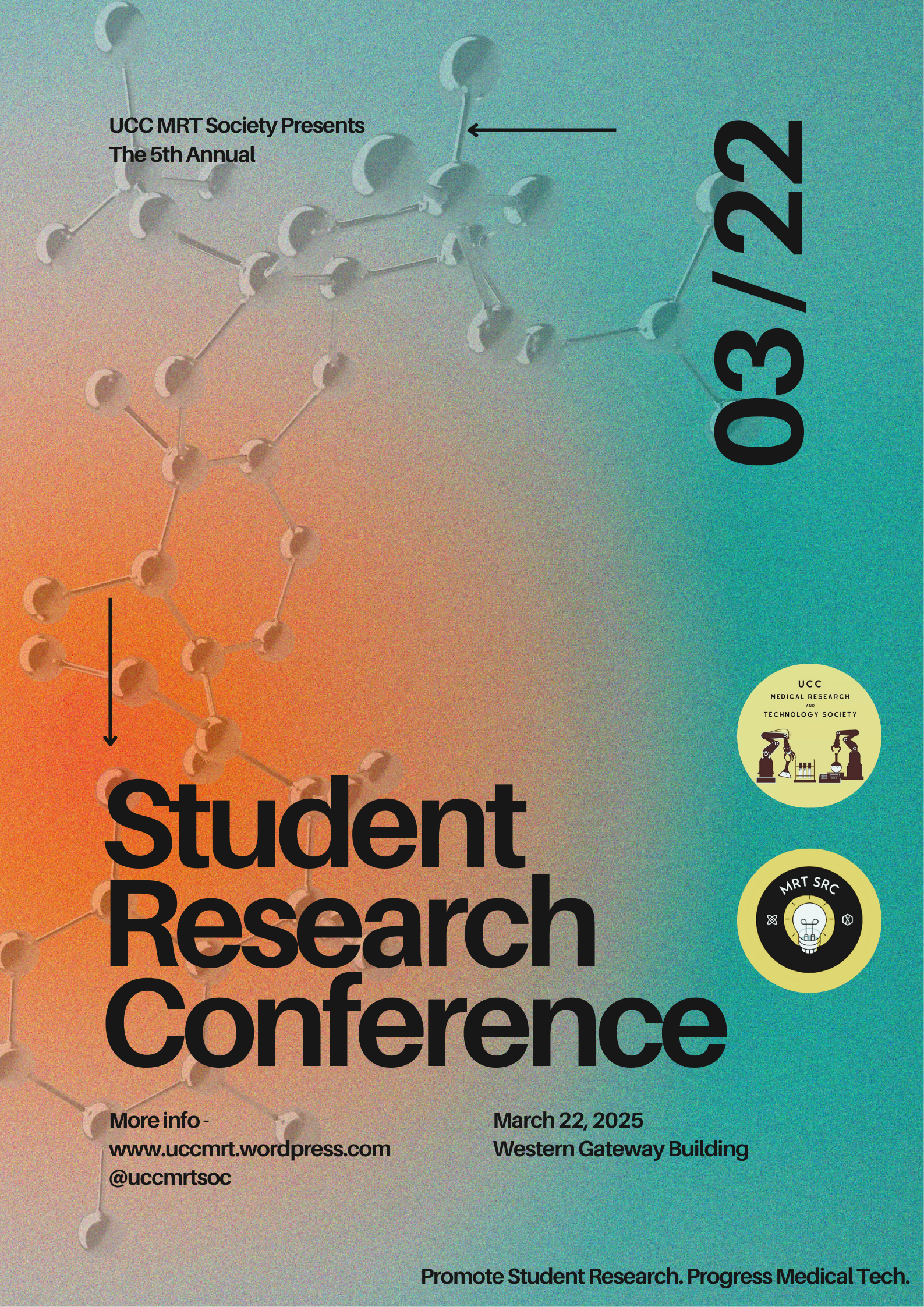When STEMI isn’t STEMI: a case of severe aortic stenosis masquerading as Acute Coronary Syndrome
DOI:
https://doi.org/10.33178/SMJ.2025.1.42Abstract
Background: Aortic stenosis (AS) is a progressive valvular heart disease that, in severe cases, can present with angina, syncope, and heart failure. Severe aortic stenosis can mimic acute coronary syndromes but rarely presents with ST-elevation myocardial infarction (STEMI)-like features, which presents a diagnostic challenge. This case emphasizes the importance of considering valvular pathology in patients with ischemic ECG changes and non-obstructive coronary arteries.
Case Presentation: We describe a 69-year-old female who presented to the emergency department (ED) with acute chest pain, progressive dyspnea, and transient loss of consciousness episodes. Her medical history included Type II diabetes mellitus, hypertension, hypercholesterolemia, and a history of smoking. Initial electrocardiography (ECG) revealed ST-elevation in leads V2-V5, prompting concern for anterior STEMI. However, a coronary angiogram showed non-obstructive coronary disease, and bedside transthoracic echocardiography confirmed the presence of severe AS.
Investigations & Diagnosis: The patient’s physical examination findings included an S4 gallop, a grade III-IV harsh systolic ejection murmur radiating to the base, and bibasilar crackles. Laboratory investigations revealed an elevated N-terminal pro-brain natriuretic peptide (NT-proBNP) level of 290 pg/mL, with otherwise normal blood counts and urinalysis. Echocardiographic Doppler imaging demonstrated heavily calcified aortic valve leaflets, ventricular hypertrophy, increased left atrial volume, and elevated right-sided pressures consistent with critical AS.
Management & Outcomes: The patient was initially managed for a STEMI with dual antiplatelet therapy before echocardiographic findings led to a shift in diagnosis and management thereafter. Once severe AS was identified, an intra-aortic balloon pump was inserted, which resulted in rapid disease improvement. She subsequently underwent aortic valve replacement (AVR), and was symptom-free at 8 weeks. DISCUSSION &
Conclusion: This case underscores the importance of considering AS as a differential diagnosis in patients presenting with STEMI-like ECG findings, particularly in those without significant coronary artery disease. Echocardiography is pivotal in distinguishing AS from myocardial infarction, preventing unnecessary thrombolysis or percutaneous interventions. The definitive treatment for severe AS remains AVR, either via surgical or transcatheter approaches. Clinicians should maintain a high index of suspicion for valvular heart disease in atypical STEMI presentations to ensure timely and appropriate intervention.

Downloads
Published
Issue
Section
Categories
License
Copyright (c) 2025 Nooralhuda Alshami , Zaineb Hamza

This work is licensed under a Creative Commons Attribution-NonCommercial 4.0 International License.









